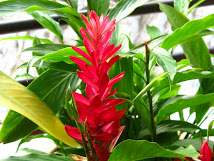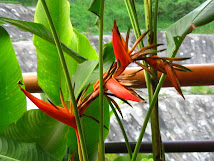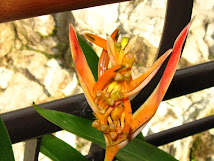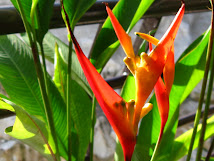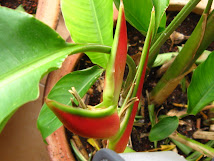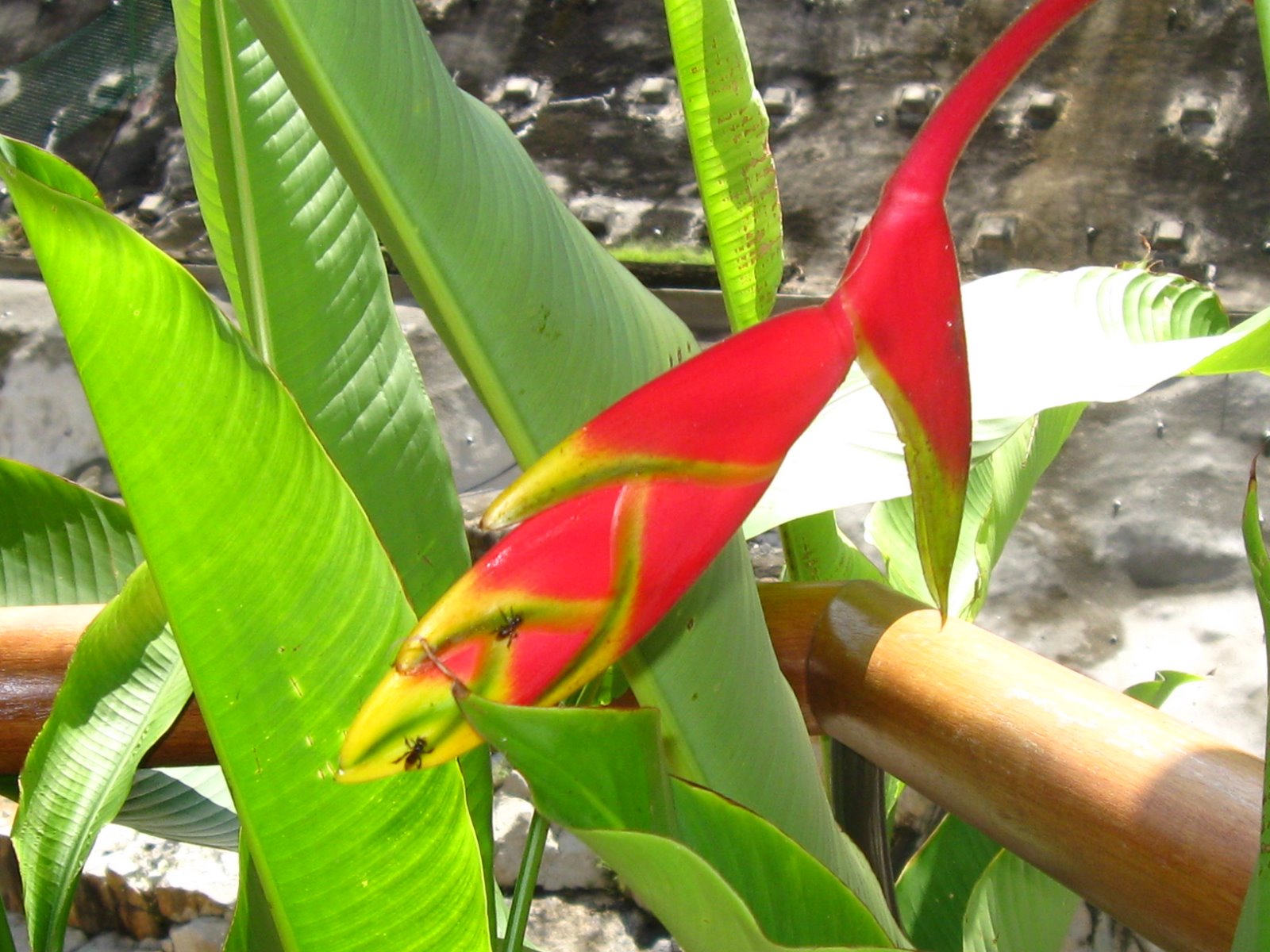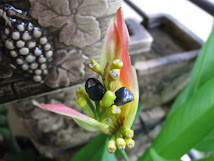 3rd December 2008
3rd December 2008 2nd December 2008
2nd December 2008 1st December 2008
1st December 2008
30th November 2008
 29th November 2008
29th November 2008 28th November 2008
28th November 2008
27th November 2008

26th November 2008

25th November 2008

24th November 2008
 22nd November 2008
22nd November 2008
20th November 2008
 19th November 2008
19th November 2008 18th November 2008
18th November 2008 17th November 2008
17th November 2008Did you notice the yellow perianth between the 2 red bracts ?
 16th November 2008
16th November 2008Did you notice the ant on the distal one third of the LH unopened bract ?
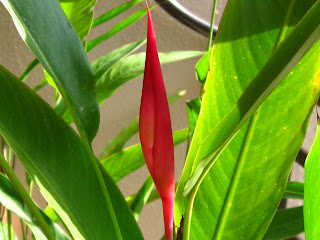 15th November
15th November2 bracts clearly visible.
 13th November 2008
13th November 20082nd bract starting to be visible
 12th November 2008
12th November 2008 10th November 2008
10th November 2008 9th November 2008
9th November 2008Shooting up red and straight...
 8th November 2008
8th November 2008 7th November 2008
7th November 2008Wow, just spotted a new inflorescence growing on my Lady Di. The previous flower watch did not capture such an early growth. So, I have decide to record another flower growth for Lady Di :-)




















